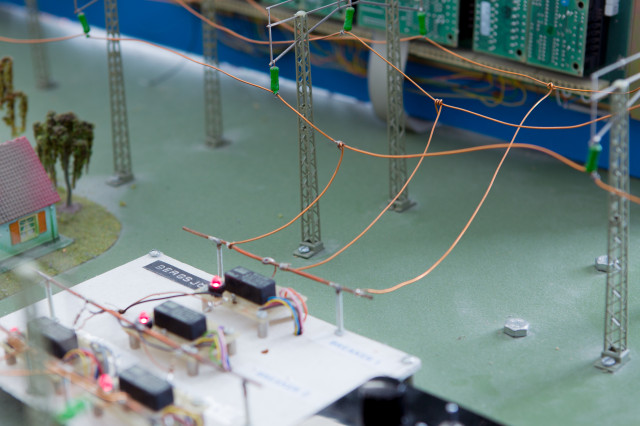The aim of the course is to introduce advanced digital communication methods and to give the students an overview of current technologies that are used in the mobile communication systems of today and the principles that they build on. The course covers three different fields; digital communication over band limited channels, modern channel coding theory and wireless communications. In the course, we will discuss:
Band limited channels and equalisation: baseband representation of band limited channels with Gaussian noise; properties and design of optimal signals; inter-symbol-interference; linear and non-linear methods for equalisation.
Modern channel coding theory: basic principles behind LDPC (low-density parity check) encoding and Turbo encoding; iterative decoding; decoding algorithms that are based on a-posteriori probabilities.
Wireless communications: basic models for wireless/radio communications; frequency selective and non frequency selective channels; slow/fast fading; Rice and Rayleigh fading; performance in fading; diversity; block encoding and interleaving; channel capacity; multi antenna systems; multi carrier systems and OFDM; spread-spectrum communication (e.g. direct-sequence and frequency hopping spread-spectrum); multi user communications and CDMA.
